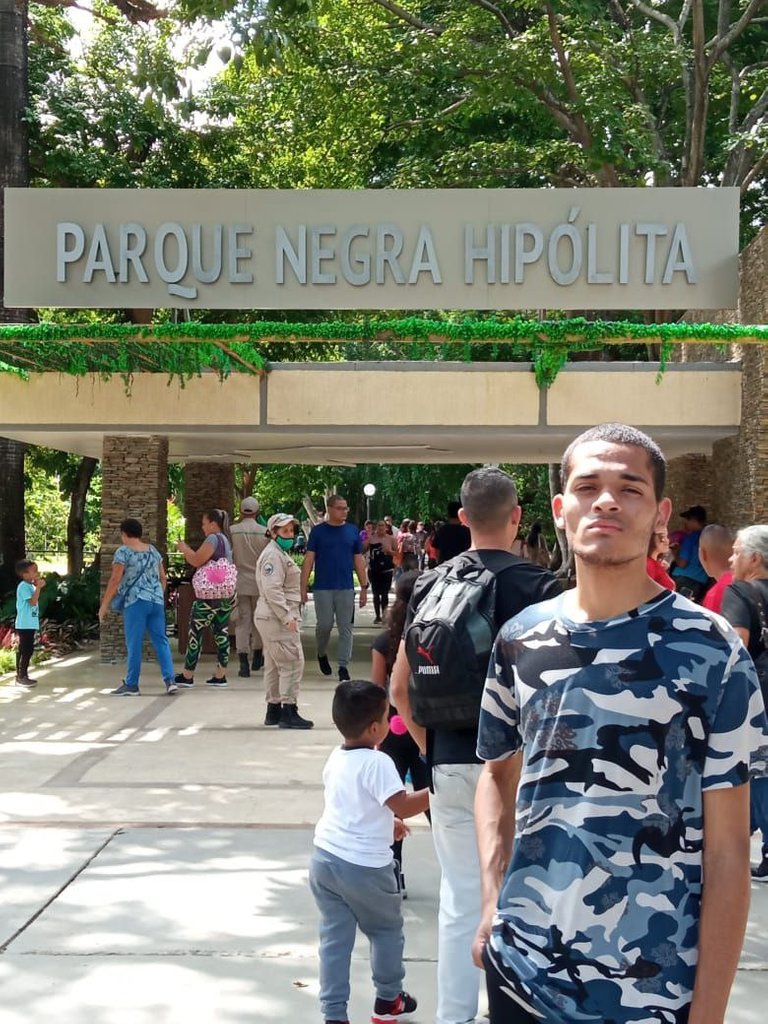
Negra Hipólita Park is located northeast of the city of Valencia, on the banks of the Cabriales River, between Paseo Cabriales Avenue, the Central Regional Highway in the Valencia-Puerto Cabello direction and Fernando Peñalver Park. It is easily accessible through the "Fábricas de Cemento" and "El Trigal" distributors. It represents one of the main sites of interest in the city.
Statue to Hipólita Bolívar, known as "Negra Hipólita"
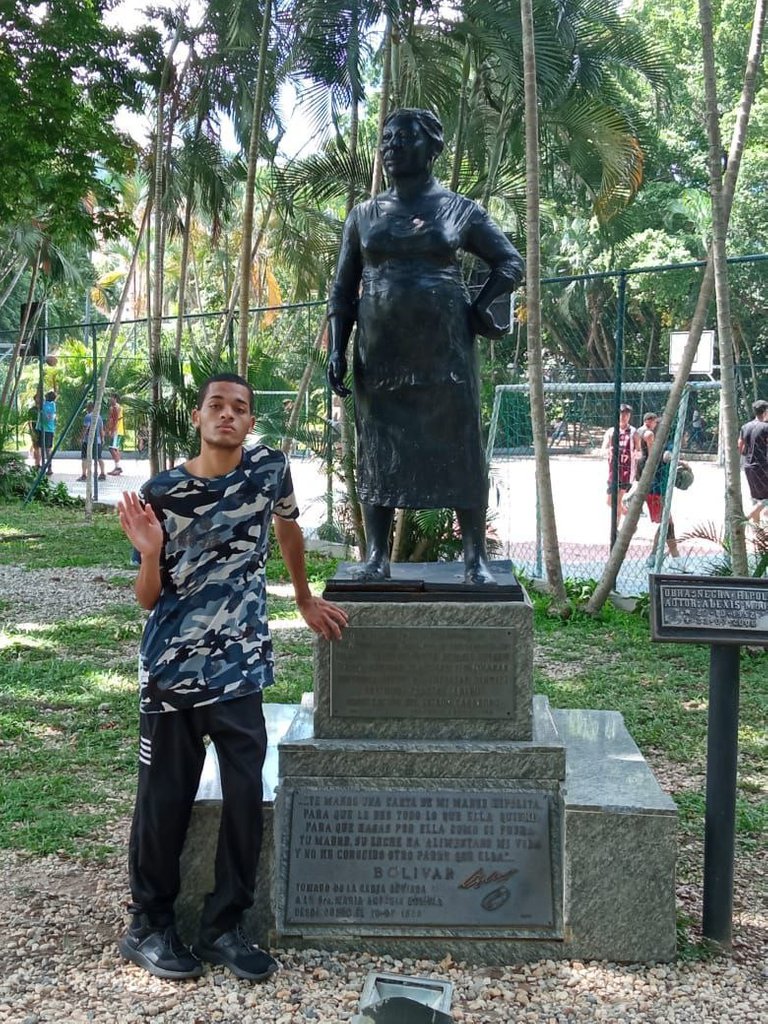
Statue made by Alexis Mujica, in memory of Hipólita Bolívar, mother of Simón Bolívar, El Libertador. Located at the entrance of the Negra Hipólita Park and the main entrance of Fernando Peñalver Park.
When Simón Bolívar was born in 1783, his mother was forced, due to health problems, to find a wet nurse for him. She resorted to Hipólita, a slave of the hacienda "El Ingenio", in San Mateo, owned by the family. Bolivar himself recalled this fact on several occasions, showing in letters (1825) and gestures (1827) the affection he always felt for Hipolita, whom he came to consider "his mother and father".
Hipólita married Mateo Bolívar, also a servant of the Bolívar family, but from the "Santo Domingo de Macaire" hacienda, in Caucagua, Miranda State. Bolivar granted freedom to his remaining slaves, among them Hipolita, in 1821, after the battle of Carabobo. It is important to point out that Hipólita was twenty years old when Simón Bolívar was born and is not the same person who was also known in the history of the Bolívar family as Matea Bolívar or Negra Matea, who was ten years old when the Liberator was born and who later became the child Simón's aya (mother). She was also the only person in the world who understood Simón and defended him as if he were her son.
Cabriales River
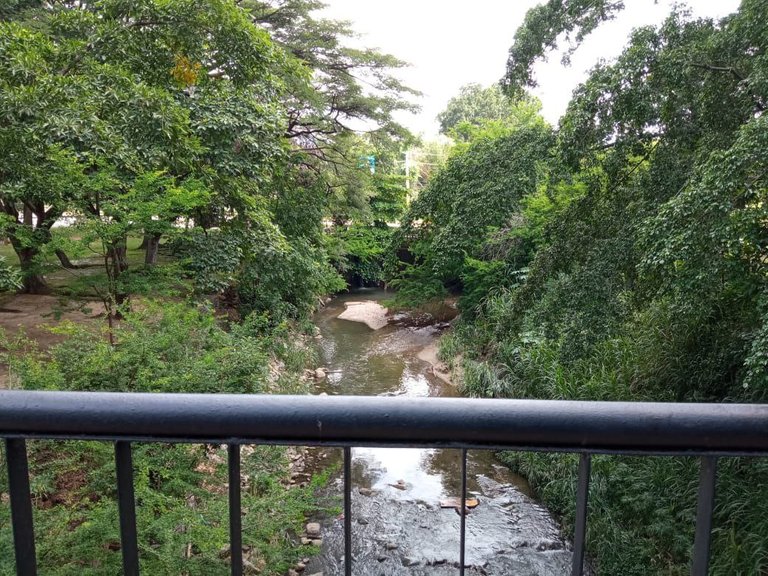
The Cabriales River is an important river in Venezuela, which crosses the city of Valencia and a large part of the state of Carabobo. This river has its source in the north of the state of Carabobo, at 1,650 meters above sea level, near Hilaria Peak, and its flow is augmented by the waters of numerous streams.
Historical writings indicate that at various periods the river flowed to the Aral Sea (from the south), the Caspian Sea (from the east) or both. The last documented change of mouth was in the thirteenth century, when the Mongols conquered Kunya-Urgench after diverting the Amu Daria and thus flooding the city; previously the river flowed through the basin of Lake Sariqamish, forming rapids and waterfalls through the now dry Uzboy riverbed, to flow into a large bay that existed at that time east of the Caspian.
Negra Hipólita Park, Fernando Park, Metropolitano de Valencia Park, Humboldt Park (Los Enanitos Park) Peñalver are the ones that protect and shelter the river.
Cockroach (plant)
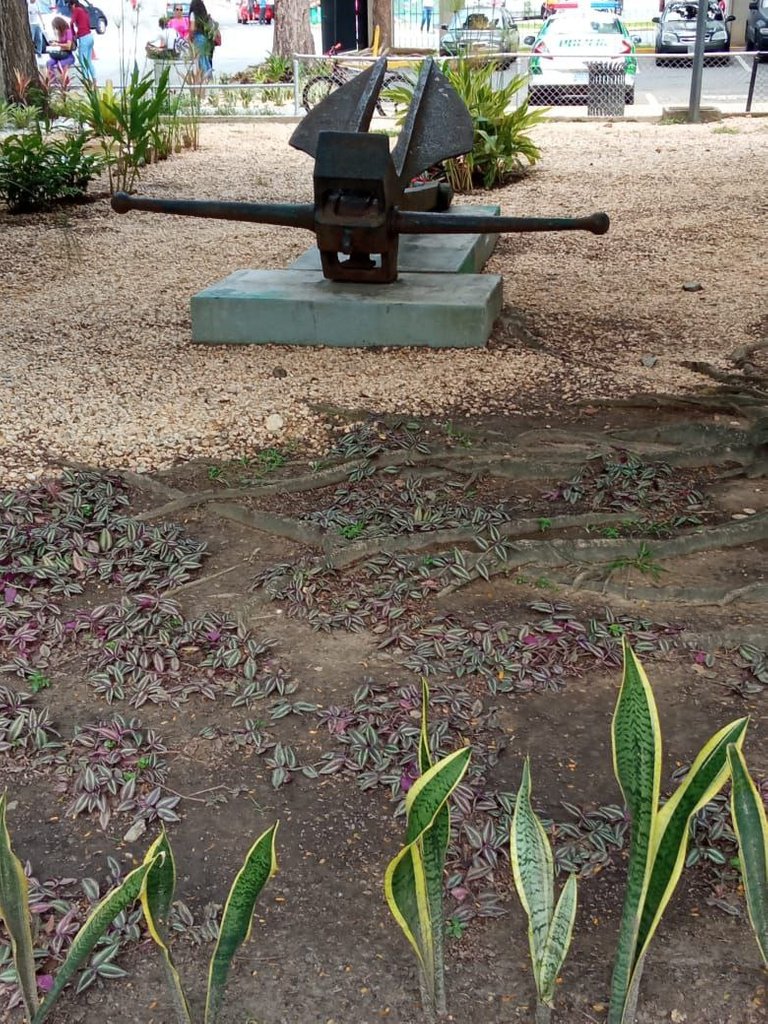
Near the entrance we can find a plant called cucaracha, a perennial, creeping plant with a strange name, also known as Cucarachita, Hierba de pollo, Panameña, Hoja de milagro and Cohitre morado. It grows between 30 to 70 cm long, its stems and leaves are purple or grayish green, terminal spathes and pink flowers.
This herb whose scientific name is Tradescantia zebrina belongs to the Commelinaceae family and is generally cultivated in gardens and in some mountains in eastern regions. It is typical of humid forests, slopes and riverbanks, in medium and high elevations.
It is extremely hardy and easily propagated, can tolerate the sun well, so it is considered an invasive weed in many places, although it is used in cash crops as a cover crop and in landscaping.
Soda Fountain
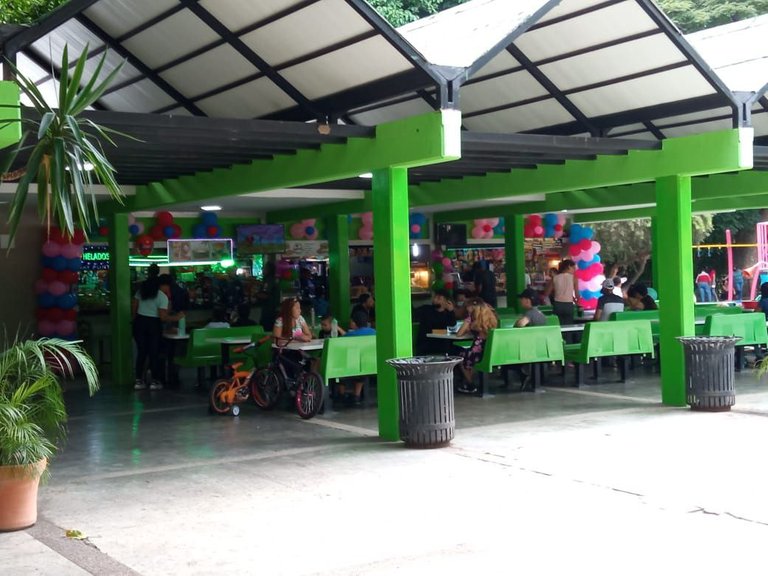
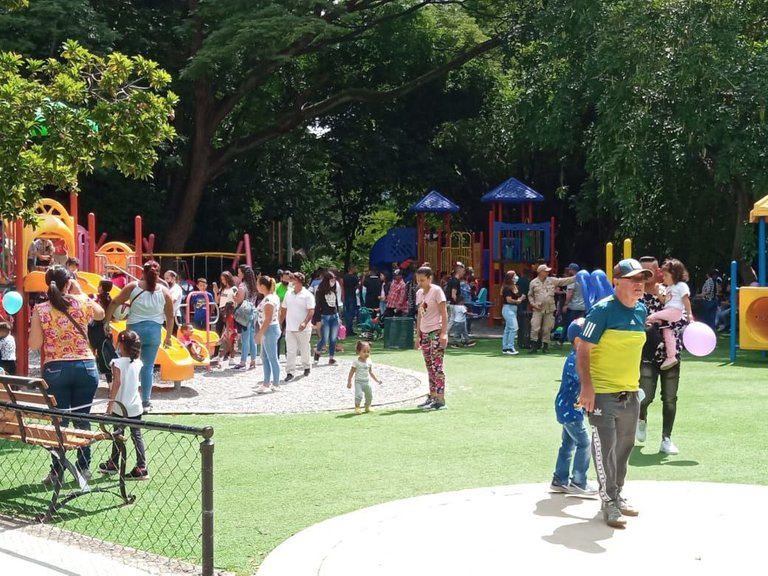
It consists of three modules administered by the Fundación del Niño, located next to the children's playground, to allow visitors to make purchases within the facilities.
Children's Transit Park
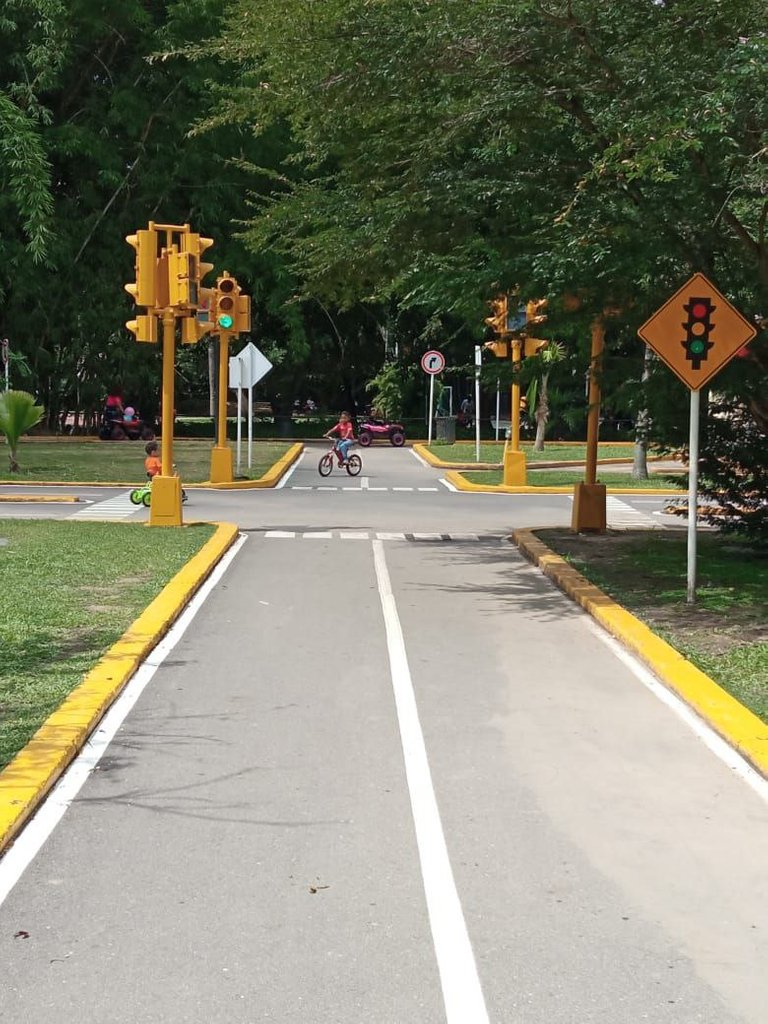
It is an area of exclusive use for bicycles, skates, scooters and electric vehicles, for children between the ages of 2 years and 10 years; designed with the purpose of educating the visiting children about the importance of road education, traffic signs, traffic lights and recreation.
Vision of Negra Hipólita
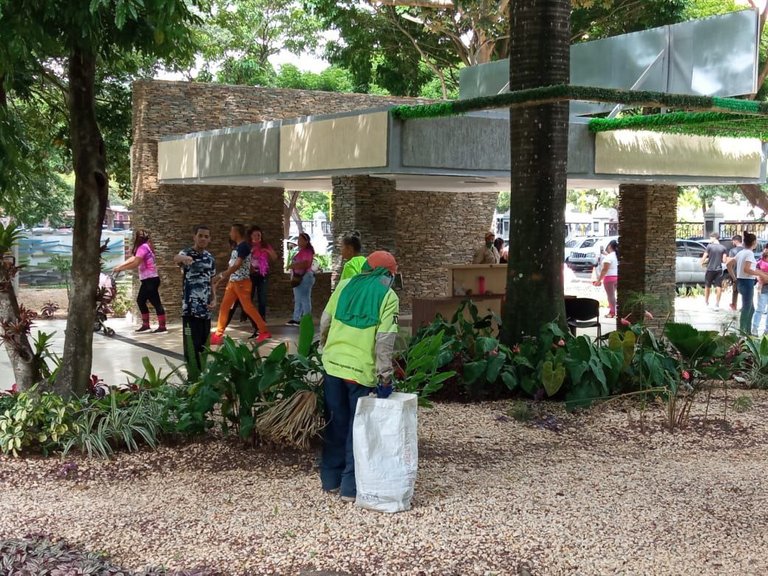
To make the Negra Hipólita and Metropolitano parks an example not only of recreation and leisure, but also centers of teaching and ecological interaction, through which knowledge and experiences of environmental situations are permanently acquired, allowing the community to understand the importance of conservation, defense and improvement of the environment, and to actively participate in the solution of their environmental problems, improving their quality of life.
Images of my authorship.
[//]:# (!pinmapple 10.209872 lat -68.002698 long d3scr)
Español

El Parque Negra Hipólita está ubicado al noreste de la ciudad de Valencia, a orillas del río Cabriales, entre la avenida Paseo Cabriales, la Autopista Regional del Centro en sentido Valencia-Puerto Cabello y el Parque Fernando Peñalver. Es fácilmente accesible a través de los distribuidores "Fábricas de Cemento" y "El Trigal". Representa uno de los principales sitios de interés de la ciudad.
Estatua a Hipólita Bolívar, conocida como "Negra Hipólita"

Estatua realizada por Alexis Mujica, en memoria de Hipólita Bolívar, madre de Simón Bolívar, El Libertador. Ubicada en la entrada del Parque Negra Hipólita y en la entrada principal del Parque Fernando Peñalver.
Cuando Simón Bolívar nació en 1783, su madre se vio obligada, por problemas de salud, a buscarle una nodriza. Recurrió a Hipólita, una esclava de la hacienda "El Ingenio", en San Mateo, propiedad de la familia. El propio Bolívar recordó este hecho en varias ocasiones, mostrando en cartas (1825) y gestos (1827) el cariño que siempre sintió por Hipólita, a la que llegó a considerar "su madre y su padre".
Hipólita se casó con Mateo Bolívar, también sirviente de la familia Bolívar, pero de la hacienda "Santo Domingo de Macaire", en Caucagua, estado Miranda. Bolívar concedió la libertad a los esclavos que le quedaban, entre ellos Hipólita, en 1821, después de la batalla de Carabobo. Es importante señalar que Hipólita tenía veinte años cuando nació Simón Bolívar y no es la misma persona que también fue conocida en la historia de la familia Bolívar como Matea Bolívar o Negra Matea, que tenía diez años cuando nació el Libertador y que luego se convirtió en el aya del niño Simón. También fue la única persona en el mundo que comprendió a Simón y lo defendió como si fuera su hijo.
Rio Cabriales

El río Cabriales es un importante río de Venezuela, que atraviesa la ciudad de Valencia y gran parte del estado de Carabobo. Este río nace en el norte del estado Carabobo, a 1.650 metros sobre el nivel del mar, cerca del Pico Hilaria, y su caudal se ve incrementado por las aguas de numerosos arroyos.
Los escritos históricos indican que en varias épocas el río desembocaba en el mar de Aral (desde el sur), en el mar Caspio (desde el este) o en ambos. El último cambio de desembocadura documentado se produjo en el siglo XIII, cuando los mongoles conquistaron Kunya-Urgench tras desviar el Amu Daria e inundar así la ciudad; anteriormente el río fluía por la cuenca del lago Sariqamish, formando rápidos y cascadas a través del ahora seco cauce del Uzboy, para desembocar en una gran bahía que existía entonces al este del Caspio.
El Parque Negra Hipólita, el Parque Fernando, el Parque Metropolitano de Valencia, el Parque Humboldt (Parque de los Enanitos) Peñalver son los que protegen y albergan el río.
Cucaracha (planta)

Cerca de la entrada podemos encontrar una planta llamada cucaracha, una planta perenne y rastrera con un nombre extraño, también conocida como Cucarachita, Hierba de pollo, Panameña, Hoja de milagro y Cohitre morado. Crece entre 30 y 70 cm de largo, sus tallos y hojas son de color púrpura o verde grisáceo, espatas terminales y flores rosadas.
Esta hierba cuyo nombre científico es Tradescantia zebrina pertenece a la familia de las Comelináceas y se cultiva generalmente en jardines y en algunas montañas de las regiones orientales. Es típica de los bosques húmedos, las laderas y las riberas de los ríos, en elevaciones medias y altas.
Es muy resistente y se propaga fácilmente, tolera bien el sol, por lo que se considera una mala hierba invasora en muchos lugares, aunque se utiliza en cultivos comerciales como cultivo de cobertura y en jardinería.
Fuente de soda


Consta de tres módulos administrados por la Fundación del Niño, ubicados junto al parque infantil, para que los visitantes puedan realizar sus compras dentro de las instalaciones.
Parque Infantil de Tránsito

Es un área de uso exclusivo para bicicletas, patines, patinetas y vehículos eléctricos, para niños de 2 a 10 años; diseñada con el propósito de educar a los niños visitantes sobre la importancia de la educación vial, las señales de tránsito, los semáforos y la recreación.
Visión de Negra Hipólita

Hacer de los parques Negra Hipólita y Metropolitano un ejemplo no sólo de recreación y esparcimiento, sino también centros de enseñanza e interacción ecológica, a través de los cuales se adquieran permanentemente conocimientos y experiencias de situaciones ambientales, que permitan a la comunidad comprender la importancia de la conservación, defensa y mejoramiento del medio ambiente, y participar activamente en la solución de sus problemas ambientales, mejorando su calidad de vida.
Imágenes de mi autoría.
[//]:# (!pinmapple 10.209872 lat -68.002698 long d3scr)
Hello @jaimem. Looks like a nice place to visit if one is in the area.
However, OCD is not the right community for this type of post as it is for posts that don't fit in any other community.
For travel related posts we have the Pinmapple community.
Here's a guide I put together to help you learn about how communities work -> Communities Explained - Newbie Guide.
Once you posted your post in the right community, you can then cross post it to OCD community. Here's a guide about cross posting.
Please don't delete any post with the purpose of reposting it in another community as that can be considered abuse! Leave this post here, you'll get it right next time.
I understand, thanks for the advice, I will take it into consideration to avoid any inconvenience.
My pleasure.
Congratulations, your post has been added to Pinmapple! 🎉🥳🍍
Did you know you have your own profile map?
And every post has their own map too!
Want to have your post on the map too?
Congratulations @jaimem! You have completed the following achievement on the Hive blockchain and have been rewarded with new badge(s):
Your next target is to reach 1750 upvotes.
You can view your badges on your board and compare yourself to others in the Ranking
If you no longer want to receive notifications, reply to this comment with the word
STOPSupport the HiveBuzz project. Vote for our proposal!
Hola @jaimem, sin duda este parque es un sitio que toda persona que visite Valencia debe conocer.
Una observación, cuando mencionas al río Cabriales el párrafo que le sigue no corresponde al lugar, hablas del mar Caspio que queda entre Europa y Asia:
"Los escritos históricos indican que en varias épocas el río desembocaba en el mar de Aral (desde el sur), en el mar Caspio (desde el este) o en ambos. El último cambio de desembocadura documentado se produjo en el siglo XIII, cuando los mongoles conquistaron Kunya-Urgench tras desviar el Amu Daria e inundar así la ciudad; anteriormente el río fluía por la cuenca del lago Sariqamish, formando rápidos y cascadas a través del ahora seco cauce del Uzboy, para desembocar en una gran bahía que existía entonces al este del Caspio."
Sería bueno que lo corrigieras para que tu contenido sea correcto, saludos.
Gracias, @sofathana , pase un rato muy agradable cuando visite ese lugar. Seguire tus consejos. ¡Saludos!
¡A la orden, éxitos! ;)
Source of potential plagiarism 1
Source of potential plagiarism 2
Source of potential plagiarism 3
Source of potential plagiarism 4
Source of potential plagiarism 5
Plagiarism is the copying & pasting of others' work without giving credit to the original author or artist. Plagiarized posts are considered fraud.
Guide: Why and How People Abuse and Plagiarise
Fraud is discouraged by the community and may result in the account being Blacklisted.
If you believe this comment is in error, please contact us in #appeals in Discord.